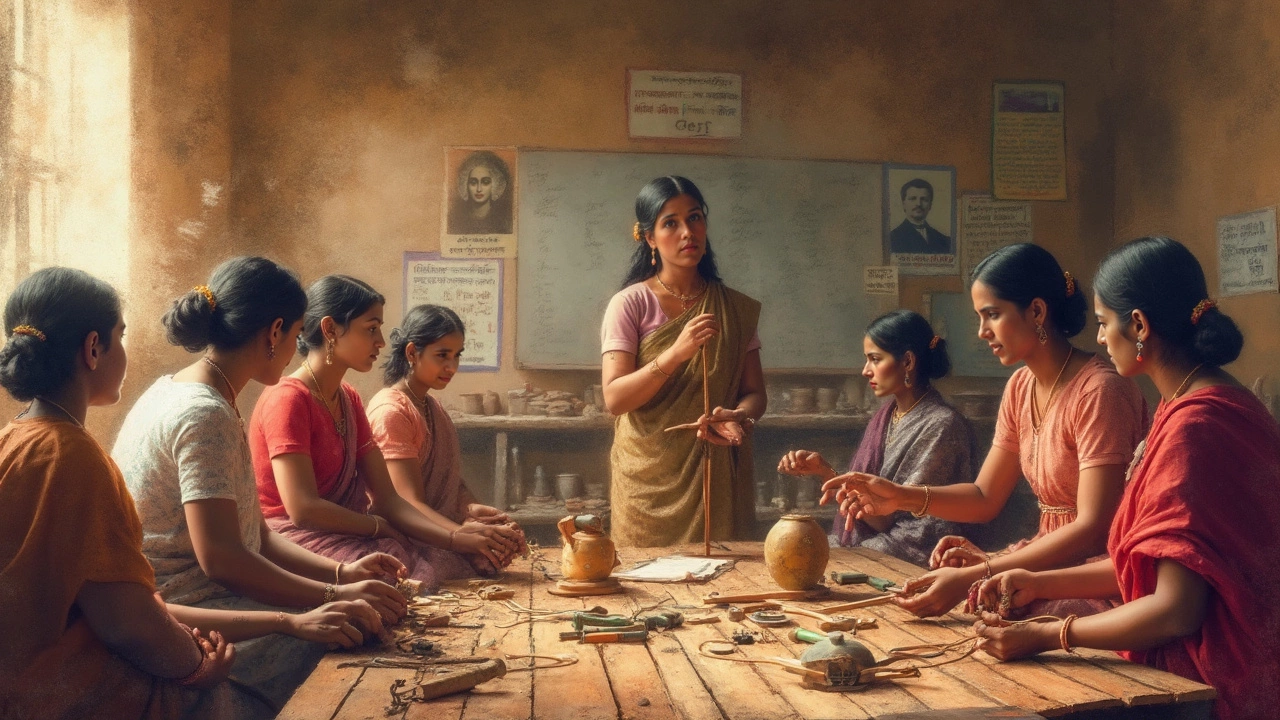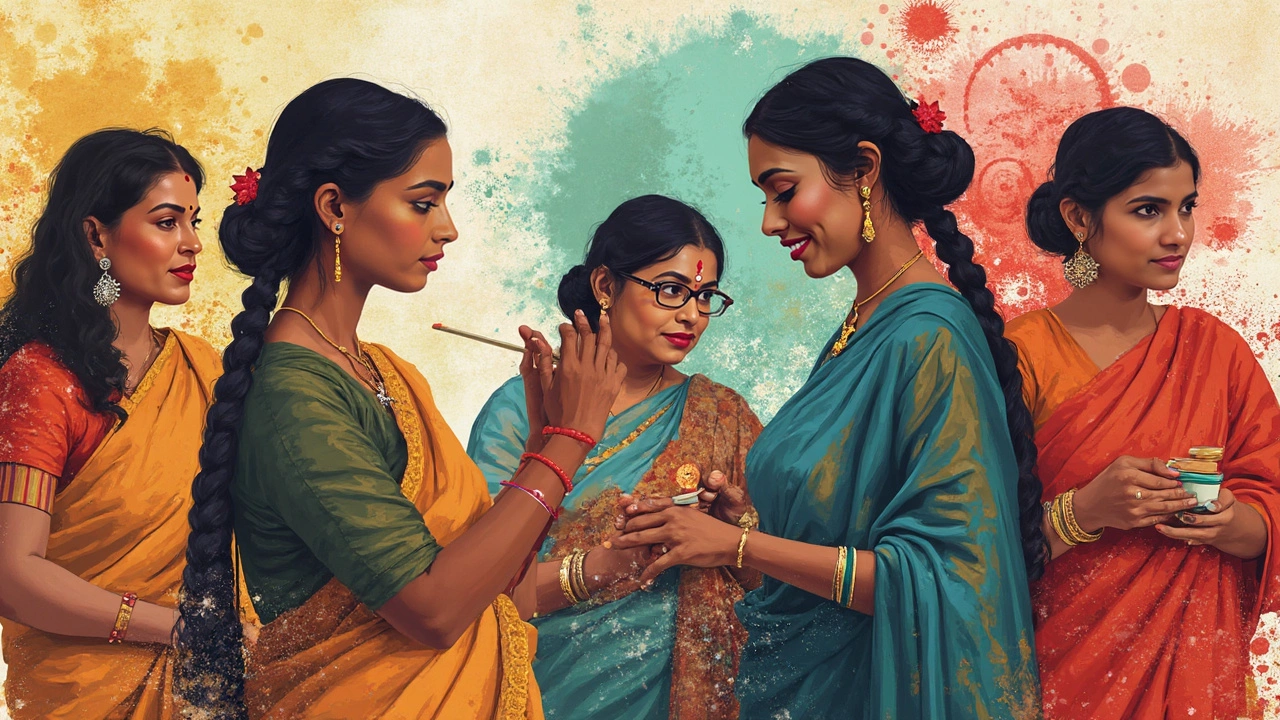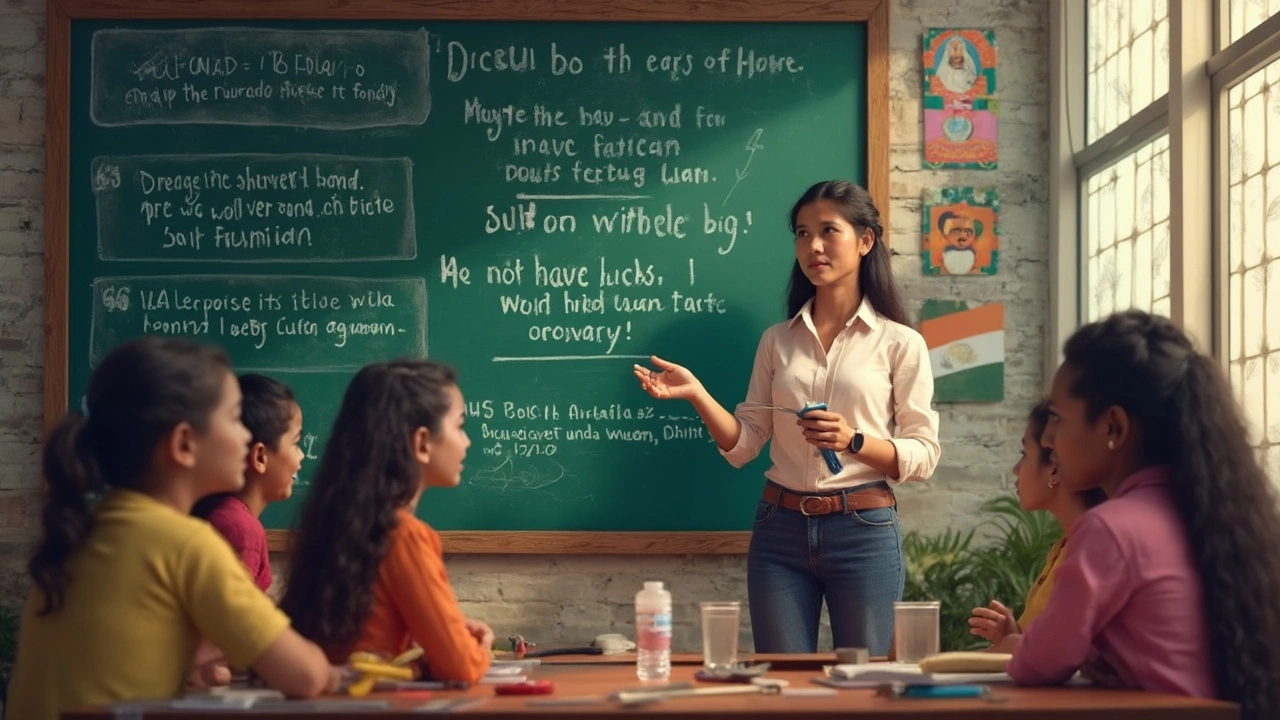
Picture this: just a hundred years ago, most people thought women didn’t need any real job training. Sewing, maybe. Cooking? Sure. But fixing an engine or learning woodworking? Not likely. Still, some people weren’t happy with that setup. They saw right away how holding back half the population wasn’t just unfair—it was holding everyone back.
Back then, even suggesting that women could train for real-world jobs was controversial. Yet, a few gutsy women and men decided enough was enough. They didn’t just talk about it—they got schools opened, programs running, and laws changed. Their fight is why you’ll find women working as electricians, coders, and mechanics right now, not just teachers or nurses.
So, who got the ball rolling? And what can we steal from their playbook if we want to make things better for the next generation? Turns out, knowing their story can give you some awesome ideas—whether you’re looking for a new career path or just want to help others succeed.
- Early Doubts and Roadblocks
- The Game Changers: Pioneers Who Spoke Up
- A Shift in Society’s Mindset
- Modern Champions and Ongoing Efforts
- How to Champion Vocational Training Today
Early Doubts and Roadblocks
Getting vocational training for women accepted was way harder than it sounds today. For most of the 1800s and even into the early 1900s, the whole idea just didn’t click with people in charge—governments, school boards, even families. "Why waste resources on training girls for technical work?" was a question tossed around way too often.
People believed that a woman’s place was strictly at home. Some lawmakers actually argued that too much education would "ruin" a woman’s chance at marriage. That's not just old-fashioned—that's stubborn. Even when girls were allowed in schools, they usually got put in separate classes that only taught sewing, cooking, or basic care. Nothing that would help them land a decent paycheck outside the house.
European countries like England and Germany had similar problems. Take England, for example. Until the 1870s, girls were basically barred from any practical skills programs. Germany was a bit ahead with trade schools, but female students were channeled into textiles and domestic science—never mechanics or engineering.
The United States was slow to budge, too. In fact, the first American public high school for girls, established in Boston in 1826, offered zero technical or industrial courses. Everything was about prepping girls for marriage and motherhood, not for handling a lathe or drafting blueprints.
So, what changed? It took a mix of real-world problems (like labor shortages during wars) and pressure from gutsy advocates for society to start seeing the upside in training women for real jobs. But back then, even getting basic skills on the table for girls was a big win. If you ever feel that your study path has hurdles, just remember these earlier fights lasted decades—sometimes generations.
The Game Changers: Pioneers Who Spoke Up
Some bold folks didn’t just sit and accept the old way of doing things. They stood up and said, “Why can’t women have the same shot at learning real job skills?” Probably the most famous was Elizabeth Cady Stanton. She was never shy—she talked loudly about women needing more than just reading or arithmetic. She pushed for hands-on learning, arguing that real training helped women earn their own money.
Booker T. Washington was right there too. While most people know him for helping Black men get skills, he pushed just as hard for women at Tuskegee Institute, making sure girls could train in trades like sewing, printing, and even some mechanical work. Washington saw that skilled women could change entire families and local communities for the better.
In India, Dr. Dhondo Keshav Karve took things further by launching the first women’s vocational college in the early 1900s. He didn’t just focus on teaching; he made sure women could actually work after, which was groundbreaking at the time. His steps inspired thousands and set a real example in Asia.
Over in Britain, Octavia Hill wasn’t quiet about women’s rights either. She set up training schools for working-class girls, teaching them practical skills that led to decent jobs. These programs offered a direct path to financial freedom, which was rare back then.
Fast forward a bit, and you’ve got Marie Curie, who made science seem possible for women. While she’s best known for her research, she started training programs and workshops across Europe, encouraging women to get into fields like chemistry and medicine, not just basic office work.
Here’s the cool bit: these pioneers did more than just complain. They started schools, wrote laws, and convinced whole communities to back the cause. Because of them, "vocational training for women" stopped being just a nice idea and started becoming reality. If you think about what motivates change now, a lot of it connects right back to these risk-takers.

A Shift in Society’s Mindset
Things started to change fast in the early 1900s. World War I and World War II shook up daily life, and suddenly society realized it needed all hands on deck. Factories, farms, hospitals—women filled jobs that used to be “for men only.” After that, going back to old limits didn’t really make sense anymore.
By the 1950s and ’60s, the push for women’s rights picked up, and so did their options for vocational training for women. Colleges and training centers began opening their doors to female students in practical fields, from engineering to computer science. By 1972, Title IX hit U.S. law, which meant federally funded schools couldn’t exclude women from any program, including trades and skills training.
If you look at the numbers, you’ll see more proof of that shift. Here’s a quick rundown of what changed over the decades:
| Year | % of Women in Vocational Training | Major Fields Opened to Women |
|---|---|---|
| 1940 | 15% | Home economics, nursing |
| 1970 | 35% | Business, health care, secretarial work |
| 1990 | 52% | Engineering, IT, skilled trades |
This wasn’t just about facts and stats; it was about attitude. Suddenly, parents started hoping their daughters would learn a trade. Companies realized having women on their teams brought new ideas and skills. TV shows and magazines stopped pushing a one-size-fits-all dream for women. The message shifted: you can choose your own path—and have the training to back it up.
What’s the takeaway? Once society started seeing women as valuable workers—especially with the right skills—doors didn’t just open. They got kicked down. That’s why giving women access to real-world training isn’t just about equality. It opens up whole new markets and ideas, making things better for everyone.
Modern Champions and Ongoing Efforts
It’s not just people from the past who’ve pushed for vocational training for women. Even now, you’ll find big names and important groups making it clear that skills, not just degrees, open real doors. Malala Yousafzai, for instance, is famous for her fight for girls’ education, but she’s also thrown her support behind job training and tech programs for women in places where those options still don’t exist. Michelle Obama’s Let Girls Learn campaign has highlighted how practical skills can be life-changing when books alone aren’t enough.
Right here in India, organizations like Pratham and SEWA (Self Employed Women’s Association) have set up training centers that teach everything from mobile repair to digital marketing. These programs don’t just train; they actually measure how many women get hired or start their own businesses after finishing. That’s a key difference compared to the past—today, folks want hard numbers, not just feel-good stories.
Let’s look at some actual data on what’s working:
| Program | Country | Year Started | Women Trained Annually | Job Placement Rate |
|---|---|---|---|---|
| SEWA Skills Training | India | 1988 | 20,000+ | 60% |
| TechWomen | Multiple | 2011 | 300+ | 70% |
| Girls Who Code | USA/Global | 2012 | 80,000+ | 45% |
If you’re thinking about getting into a skilled trade or a tech job, here’s what can help you right now:
- Hands-on learning is key. Look for programs with real projects and apprenticeships, not just theory.
- Check for job placement stats. The best groups track how many graduates actually land work.
- Online courses count too: sites like Coursera and Udemy now offer certified job skills programs made for women.
- Don’t skip the alumni networks. Groups like Girls Who Code and TechWomen link you up with mentors, which can open even more doors.
It’s wild to see how much has changed, but one thing’s still true: the more support and real-world training women get, the more everyone gains. If you’re looking to level up your career, there have never been more resources—or advocates—actively working to get you there.

How to Champion Vocational Training Today
If you want more girls and women learning real job skills, you’ve got to take action. The good news? It’s not as complicated as it sounds, and there are proven ways to help. In fact, the numbers say it all: according to the International Labour Organization, 70% of young women who complete a vocational program find a job or start their own business within a year. That’s way higher than for those who only finish regular school.
So, what’s the playbook if you want to make a real difference in vocational training for women right now?
- Spread the word: Start close to home. Share stories on social media. Tell young women about trade schools, coding bootcamps, and apprenticeships in fields like carpentry, electronics, or design. If you’ve had vocational training yourself, don’t be shy to talk about your journey.
- Connect with local schools: Ask them if they offer hands-on programs for girls. If not, rally local parents and students to push for more options. Host a workshop or info night—sometimes that’s all it takes to spark interest.
- Support scholarships and mentorships: Money stress holds a lot of women back. Donate to groups that pay for tools, tuition, or travel. Or volunteer as a mentor so newcomers don’t feel alone when things get tough.
- Work with businesses: Companies want skilled workers. Approach local shops or offices—ask if they’ll host interns or provide job-shadowing days for women. It benefits them too: studies by World Bank show companies with more women in skilled jobs perform better financially.
- Promote success stories: When a woman lands a non-traditional job or nails a technical skill, share it. Let people see what’s really possible.
"Girls with skills are unstoppable. When communities back them up, everybody wins."
– Malala Yousafzai, Nobel Laureate and education activist
Check out this quick snapshot—that’s how things look on the ground in India as of 2025:
| Area | Women in Vocational Training (%) | Job Placement Rate (%) |
|---|---|---|
| Urban | 44 | 68 |
| Rural | 28 | 54 |
No surprise, rural girls still face a tougher climb. If you’ve got time, consider helping out with rural programs—they need mentors, trainers, and role models the most.
The bottom line? It’s a team effort. Small pushes, steady support, and sharing real wins go a long way—so pick something and get started. You might just spark someone’s future career.
